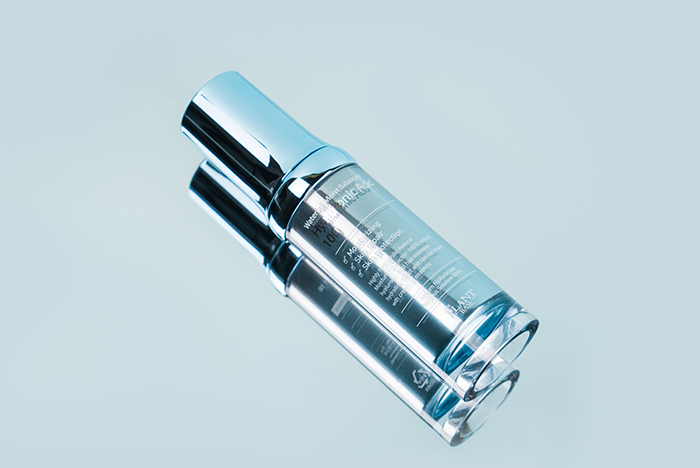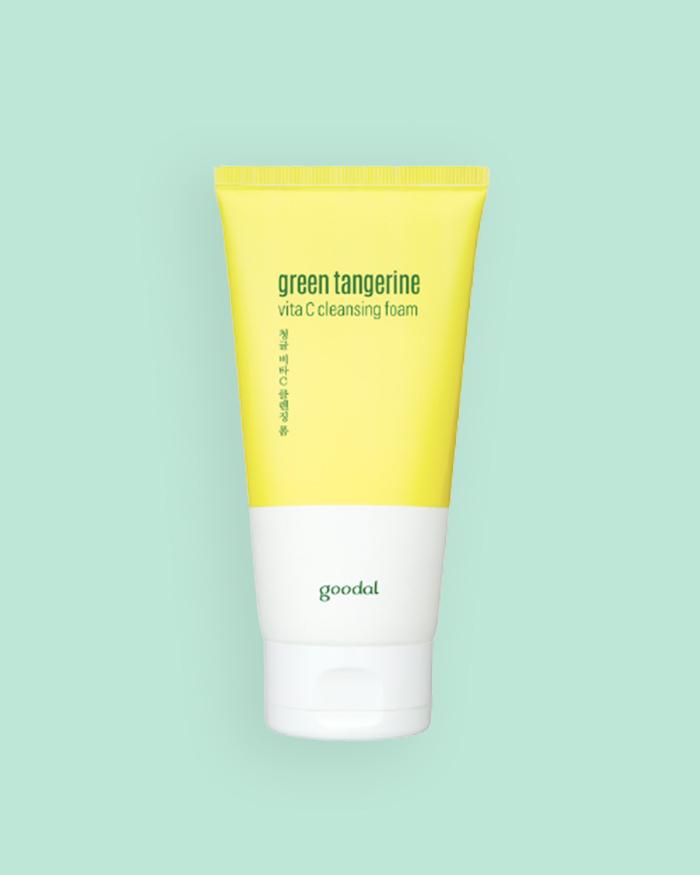Hyaluronic acid is one of the most popular moisturizing ingredients around. Did you know it’s also great for preventing and treating signs of aging? Discover all of its skin benefits and products you’ll find it in below.
Two words you’ve likely heard a lot lately if you’re at all interested in skin care are hyaluronic acid. Now, the word acid itself can sound a bit intimidating, however, in this case, it’s anything but that. Hyaluronic acid is one of the most complex, yet beneficial skincare ingredients on the market today. We also can’t fail to mention that it’s incredibly accessible, found anywhere from the drugstore aisle to prestige beauty counters.
While it may be everywhere, you may not be aware of everything the ingredient has to offer. We’re here to break it down for you plain and simple. Read on to learn more about the miracle ingredient, the benefits, and why you should be adding it to your skin care regime.
What is hyaluronic acid?
Hyaluronic acid is naturally occurring throughout the human body; it is commonly found in our eyes, joints, and connective tissue. A lab-manufactured form is used in a variety of skin care products due to its hydrating properties – the compound can hold 1,000 times its weight in water and can help plump up dry areas.
Hyaluronic acid can be applied topically to hydrate the skin and help maintain hydration, or it can be used in filler to plump different areas around the face when injected. Hyaluronic acid also has antioxidant properties and can help protect the skin from environmental aggressors such as pollution.
Despite the word “acid” in its name, the ingredient is not an exfoliant or an AHA or BHA so it mixes well with others and is safe for sensitive skin.
What does hyaluronic acid do?
As our bodies age, our skin becomes dry, loses elasticity and firmness, and also loses its ability to effectively retain moisture. As a result, our skin can visibly appear dehydrated and show signs of aging.
When hyaluronic acid is applied topically with a serum or lotion, it helps your skin to retain water. As a result, your skin will appear more supple, and the appearance of fine lines and wrinkles will diminish with continued use. Studies have shown that hyaluronic acid could decrease the depth of wrinkles by up to 40% and increase skin hydration up to 96%.

Now on the other hand, if you go for a filler from your dermatologist, the results are more instant. If you’d like to plump your lips or fill in wrinkles with a hyaluronic acid-based filler, such as Juvederm or Restylane, the site will be directly injected and instantly plumped. This involves a few days of downtime and could result in some bruising, but many users like it for the immediate results.
Who should use hyaluronic acid?
There are plenty of good candidates for hyaluronic acid. If you find yourself suffering from extremely dry or dehydrated skin, you may want to consider adding hyaluronic acid-based products into your skin care routine. If you’re also looking to begin an anti-aging skincare regime, hyaluronic acid is a great ingredient to start with.
Hyaluronic acid is safe for all skin types and to use every day as part of your skin care routine.
Where can you find it in K-beauty?
As we mentioned earlier, the ingredient is incredibly prevalent in the skin care category, but we do have a few current favorites.
The SUR.MEDIC+ Super Hyaluronic 100TM Amino Acid Cleanser is great for those who find other water-based formulas too drying. In addition to hyaluronic acid, it also contains panthenol to provide moisturizing benefits.
Finally for a major dose of the ingredient, look to The Plant Base Waterfall Moist Balanced Hyaluronic Acid 100 ampoule. It contains 100% hyaluronic acid and can be used alone or mixed with your moisturizer to amp up the hydrating and plumping benefits.
















